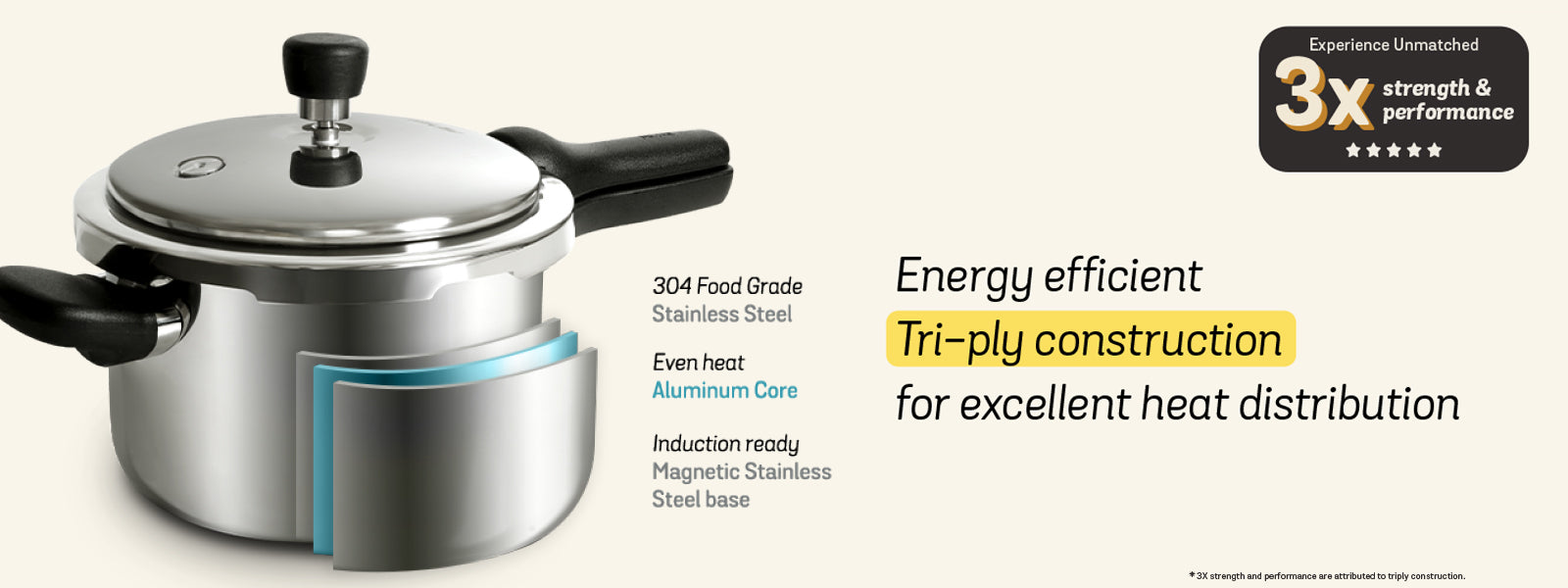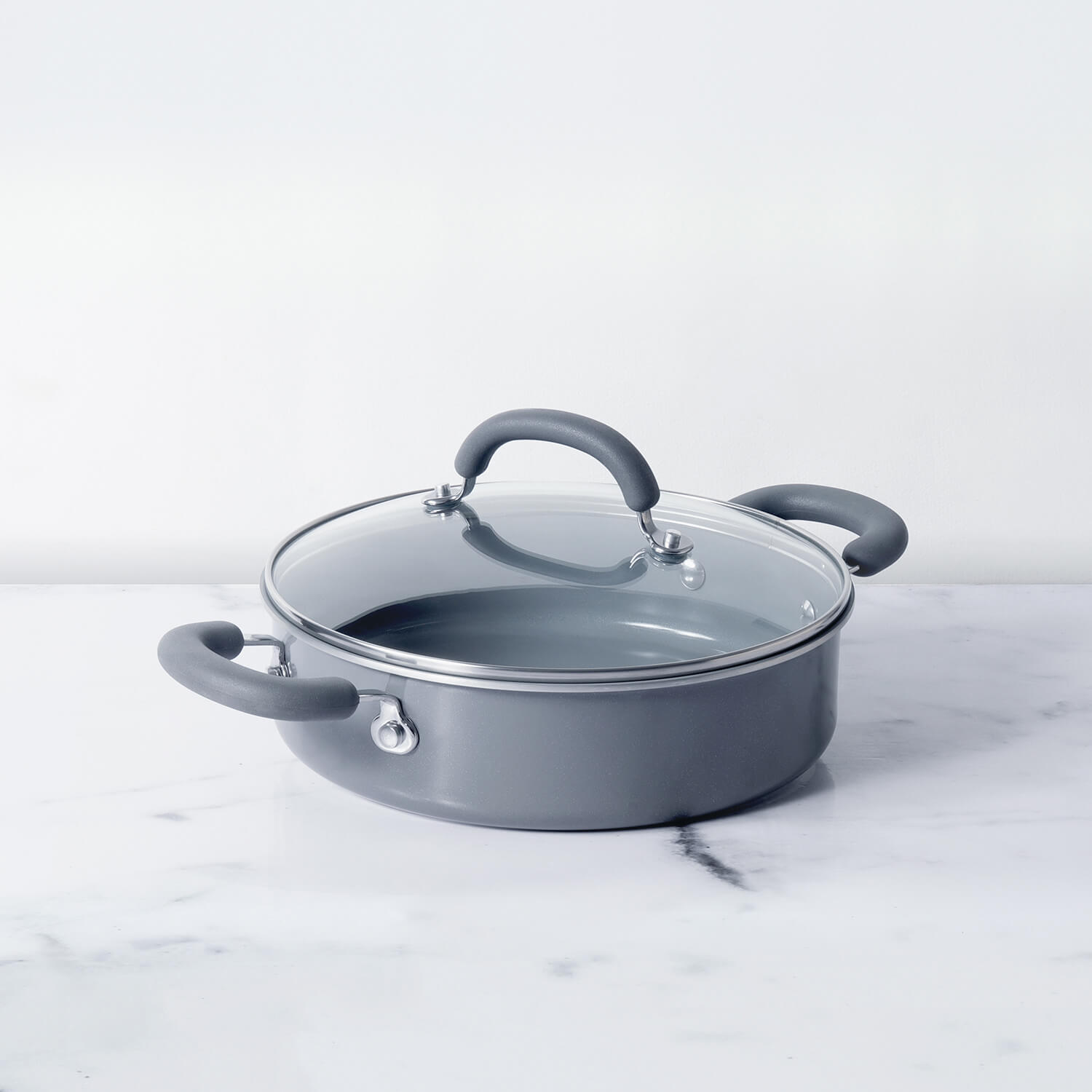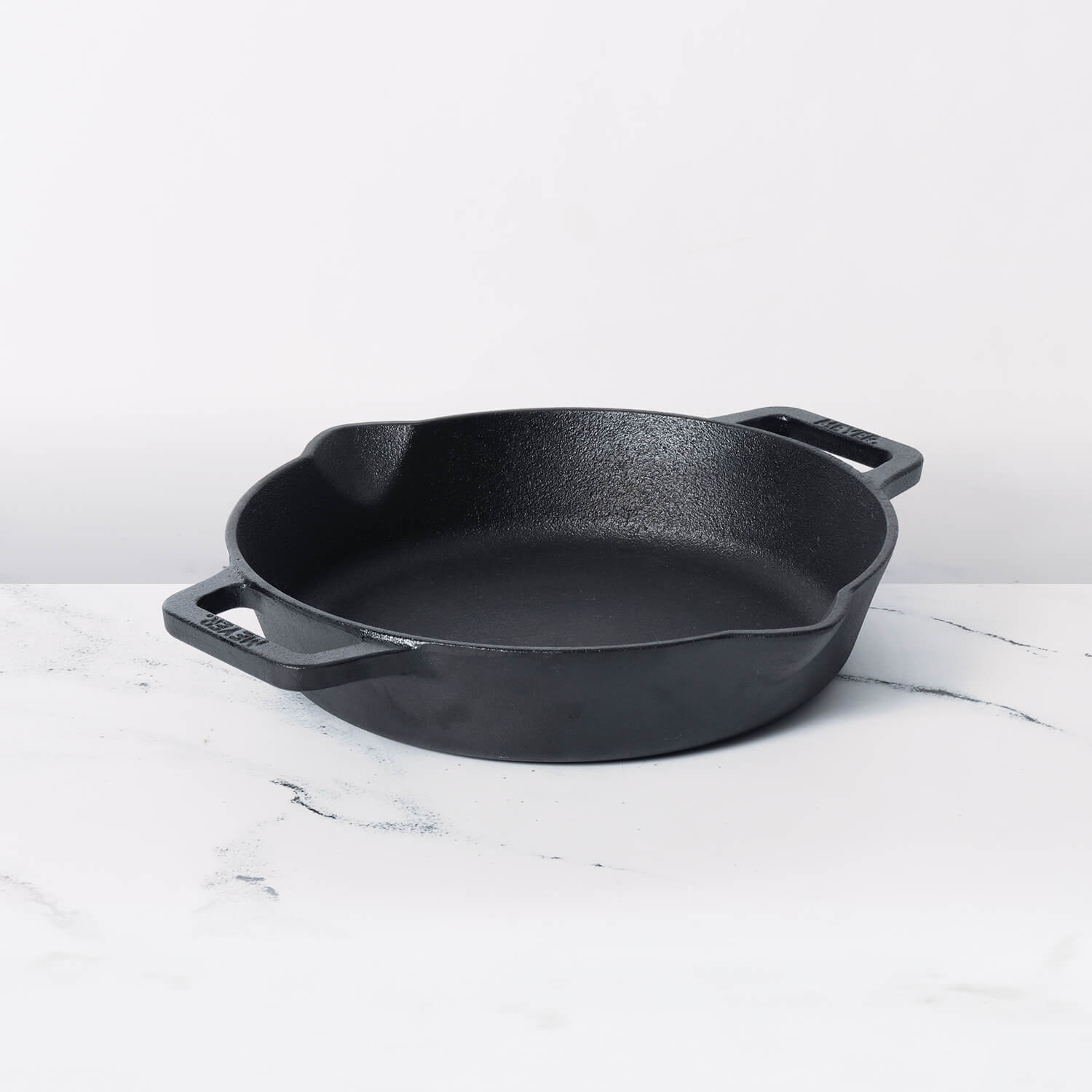Indian cooking has evolved significantly—from slow wood-fire meals to fast-paced, everyday stovetop cooking. Yet, despite changing lifestyles, the need for durable, efficient, and safe cookware remains constant. Among the many materials available today, hard anodized cookware has emerged as a clear favourite for the modern Indian home.
Sleek in appearance, strong in construction, and engineered for demanding Indian dishes, hard anodized pans, tawas, and kadais offer a perfect blend of tradition and innovation. This blog explores why hard anodized cookware has become the top choice for Indian families and how it enhances everyday cooking.
Table of Contents
What Is Hard Anodized Cookware?
Hard anodized cookware is made using an electrochemical process that strengthens aluminium, making it twice as hard as stainless steel. This creates a surface that is:
-
Tougher
-
More resistant to wear
-
Non-reactive
-
Long-lasting
-
Naturally smoother
This specialized treatment gives the cookware its signature dark-grey finish and exceptional cooking performance.
Why Hard Anodized Cookware Is Perfect for Indian Kitchens
Built for High-Heat Indian Cooking
Indian recipes often rely on intense heat—whether you’re browning onions for gravy, roasting spices, simmering dals, or making tadka. Hard anodized cookware handles high temperatures effortlessly because the surface is stable and doesn’t warp.
This makes it perfect for:
- Deep bhuna masalas
- Quick stir-fries
- Tadka for dals and sabzis
- Frying puris, pakoras, and tikkis
- Gravy dishes that need prolonged simmering
Hard anodized kadais like the ones from Meyer distribute heat uniformly, helping cook food faster and more evenly.
Even Heating for Consistent Results
One of the biggest frustrations with low-grade pans is uneven heating—burning in the centre and undercooked edges. Hard anodized cookware heats evenly from edge to edge.
This uniform distribution is particularly beneficial for:
- Halwa and sheera
- Sabzis that require slow cooking
- Thick curries where the base must not scorch
- Dosa, cheela, and uttapam
- One-pot meals like khichdi or pulao
An evenly heated pan means better control, fewer chances of burning, and more flavourful results.
Non-Reactive Surface for Indian Ingredients
Tomatoes, curd, tamarind, lemons, and vinegar are frequently used in Indian dishes. In reactive cookware, these acidic ingredients can cause metallic taste and colour changes.
Hard anodized cookware has a non-reactive surface, which ensures:
- No metallic flavours
- No chemical reaction with acidic foods
- Perfect colours in curries
- Ideal results for rasam, sambar, kadhi, and tomato-based gravies
This makes it safer and more reliable for everyday cooking.
Naturally Low-Oil Cooking
The smooth, toughened surface of hard anodized cookware allows food to cook with less oil. This is especially useful for:
- Weight-conscious families
- Healthy breakfast dishes
- Low-oil sabzis
- Tawa cooking
- Stir-fries
When combined with a premium nonstick layer—like in select Meyer hard anodized pans—the cooking experience becomes even smoother while remaining toxin-free.
Highly Durable and Long-Lasting
Hard anodized cookware is designed to handle the heavy usage common in Indian households. It resists:
- Scratches
- Chipping
- Peeling
- Corrosion
- Warping
Many families use the same hard anodized tawa or kadai for 10–15 years, making it an excellent long-term investment. For example, Meyer’s hard anodized range is engineered for daily cooking and built to withstand metal ladles—something modern coatings typically can’t handle.
Quick to Heat, Fast to Cook
Hard anodized aluminum heats up much faster than stainless steel, helping reduce cooking time—especially helpful for working parents and busy mornings.
This speed matters when preparing:
-
School tiffin meals
-
Breakfast items like dosas, parathas, omelettes
-
Quick evening snacks
-
Stir-fried sabzis
Less fuel, less time, same delicious results.
Suitable for a Wide Range of Indian Dishes
Few cookware materials are as versatile as hard anodized. You can prepare nearly anything in it:
Cookware Types & Uses
-
Sabzis
-
Curries
-
Deep frying
-
Biryani and pulao
- Roti
- Paratha
- Dosa and cheela
- Frankie rolls
- Tawa pizza
- Stir-fries
- Gravies
- Eggs
- Cutlets and snacks
The Meyer Select Hard Anodized wok and tawa are excellent examples of versatility meeting durability.
Safe, Toxin-Free, and Reliable
Modern families prefer cookware that is safe for long-term use. High-quality hard anodized ranges are:
- Free from PFOA
- Free from nickel
- Free from heavy metals
- Safe for acidic cooking
- Designed to stay stable at high heat
This makes it a healthier option than many synthetic-coated pans on the market.
Aesthetic and Modern Look
The matte black finish and sleek design blend perfectly with contemporary Indian kitchens. Hard anodized cookware looks sophisticated, professional, and timeless—something both beginners and seasoned cooks appreciate.
Circulon Hard Anodized Flat Dosa Tawa, 24 cm
Conclusion
Hard anodized cookware has proven itself as the ideal choice for modern Indian cooking. It offers durability, even heating, versatility, safety, and high performance—matching the intensity and variety of Indian cuisine. Whether it's everyday dal and sabzi or indulgent festive dishes, hard anodized cookware delivers reliable results with minimal effort.
With trusted brands offering premium-quality kadais, tawas, and frypans—such as the hard anodized range from Meyer—home cooks can enjoy the perfect balance of tradition and innovation. For families that cook multiple meals a day, this cookware material stands out as a long-lasting, fuel-efficient, and flavour-friendly companion.













Leave a comment